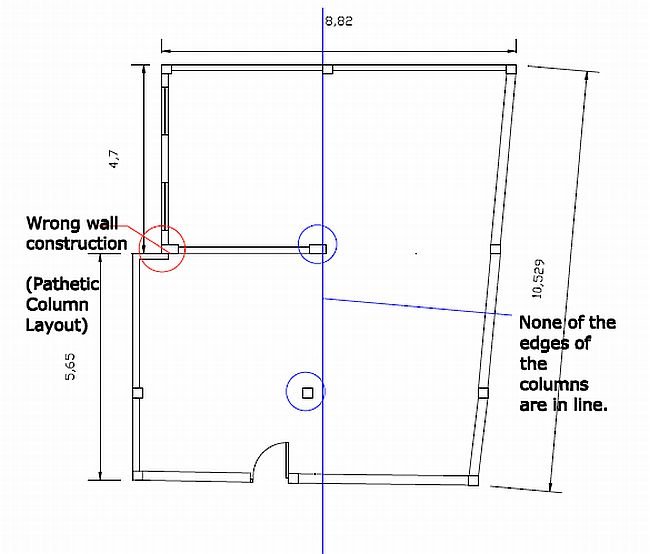Bonds in Brickwork | Building Construction
In our previous articles, we discussed “what is a bond?” and “Rules for good Bonding”. Let us start our further discussion on types of bonds.
Different types of bonds are:
- Stretcher bond
- Header bond
- Facing bond
- English bond
- Flemish bond
- Dutch bond
- English cross bond
- Brick on edge bond
- Raking bond
- Zigzag bond
- Garden wall bond
Now we will proceed with our in depth discussion on “Stretcher bond” and “Header bond”.
What is a Stretcher Bond?
As the name itself suggests, stretcher bond is formed by laying bricks horizontally as stretchers on the faces of walls. The length of the bricks is along the horizontal direction of the wall.

Stretcher bond is used when walls of half brick thickness are to be constructed. The average size of the brick is 9cmx9cmx18cm. If the wall of thickness 9cm is to be constructed, then stretcher bond can be used.
Various types of wall constructions are done using this type of bond.
- Sleeper walls
- Partition walls
- Division walls (internal dividers)
- Chimney stacks







